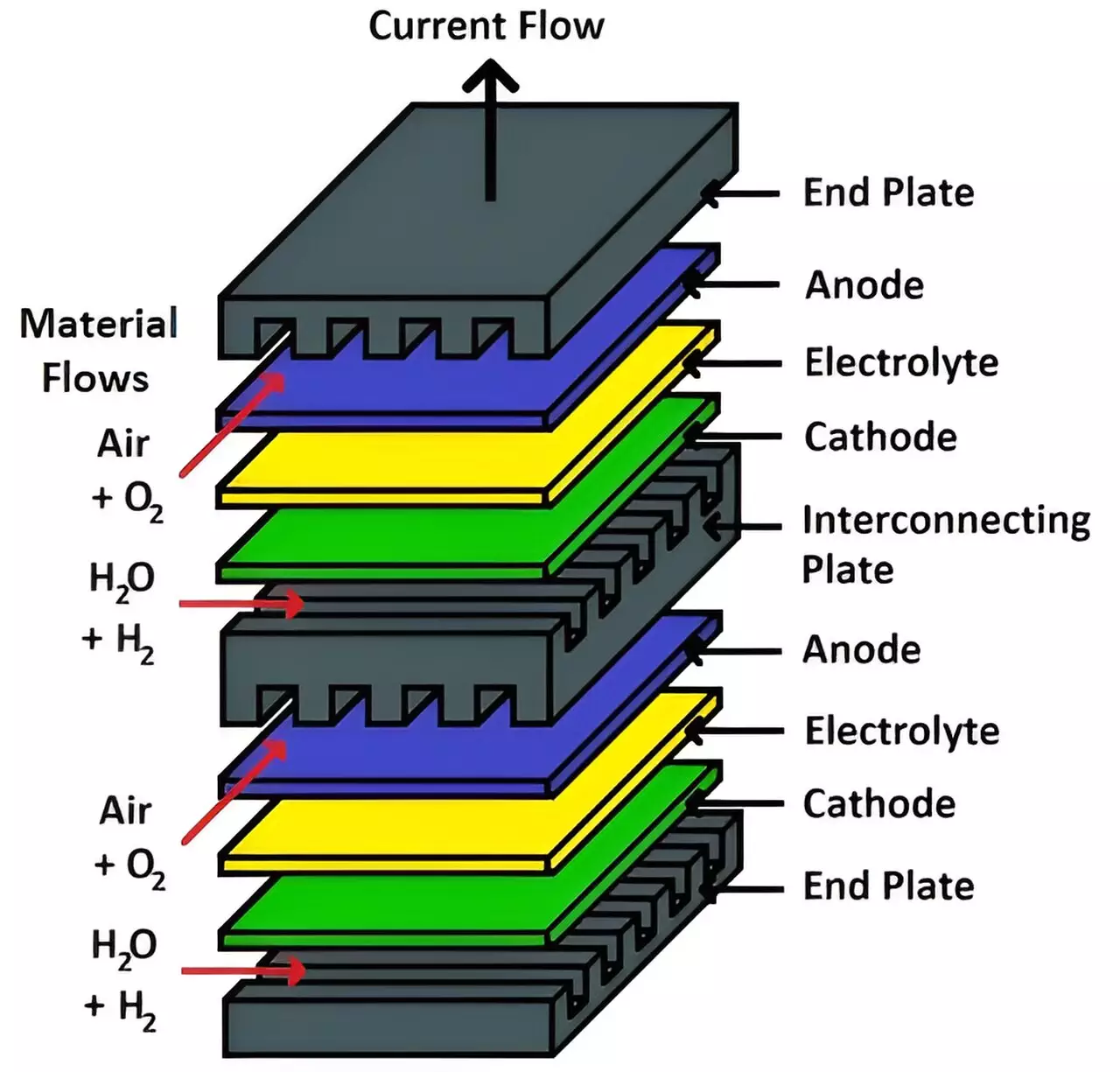The global energy landscape is evolving, with a growing focus on sustainable sources that can meet the increasing demands of a bustling population while combating climate change. A pivotal study by experts from the National Nuclear Laboratory (NNL) posits that the integration of nuclear energy in hydrogen production could redefine energy infrastructure as we know it. This article will explore the implications of this research, addressing the methods, outcomes, and challenges surrounding the coupling of nuclear power with hydrogen production technologies.
Hydrogen has emerged as a critical vector in achieving net-zero emissions, particularly for the UK, which has committed to this ambitious target by 2050. Mark Bankhead, the Chemical Modeling Team Manager at NNL, highlights that hydrogen and its derivatives can act as vital enablers in this transition. By leveraging nuclear power alongside various production technologies, the prospect of economically viable hydrogen production becomes more attainable. The potential for nuclear energy lies not only in reducing carbon footprints but also in its capacity to serve as a constant, reliable power source—a crucial aspect when energy intermittency is a concern in renewable sources.
A Novel Approach to Techno-Economic Modeling
The authors of the study employed an innovative mathematical model that integrates nuclear power generation with hydrogen production processes. This dual-layered model encapsulates both the chemical mechanics of hydrogen synthesis and the economic factors influencing production costs. The first portion delineates the physical and chemical interactions involved in generating hydrogen, enabling a clearer understanding of how energy inputs translate into hydrogen outputs. The second segment takes this efficiency metric and incorporates it into an economic framework which forecasts the cost structure of hydrogen production, factoring in the expenses tied to building and operating hydrogen plants, as well as the costs of energy inputs.
Kate Taylor, a process modeler, emphasizes the forward-looking nature of these assessments, asserting that projections account for anticipated advancements in technology that could help refine hydrogen production methodologies. This research marks a significant stride toward understanding how to optimize the coupling of diverse energy sources—indicating a promising economic future for nuclear-assisted hydrogen production.
Comparative Cost Analysis: Steam Electrolysis vs. Thermochemical Cycles
The study elaborates on two primary means of hydrogen production tied to high-temperature gas-cooled reactors (HTGR): high-temperature steam electrolysis and thermochemical cycles. The findings suggest that both approaches present competitive cost estimates; high-temperature steam electrolysis is projected to range from £1.24 to £2.14 per kilogram of hydrogen produced, while thermochemical cycles might cost between £0.89 and £2.88 per kilogram.
Interestingly, steam electrolysis holds the advantage of being a more advanced technology, thus enabling faster deployment compared to thermochemical cycles. This presents a timely opportunity for stakeholders to invest in established technologies that can capitalize on near-term gains while fostering innovation in less mature technologies.
Overcoming Challenges in Data and Technology
Despite the encouraging findings, the study also notes challenges, particularly in acquiring reliable data regarding the kinetics of hydrogen production processes. The complexities associated with materials science—specifically the performance of solid electrolytes used in high-temperature steam electrolysis—indicate that more research is needed to refine process efficiencies accurately. As Christopher Connolly, the lead author, underscores, successful models depend on precise data regarding molecular interactions and can require substantial iterative refinement.
Furthermore, as new advancements in material properties and hydrogen production technologies emerge, the model must adapt, allowing for continuous updating to maintain its relevance and accuracy in predicting economic outcomes.
The energy sector’s evolving dynamics underscore not just the potential for economically viable hydrogen production but also the broader implications of coupling advanced nuclear technology with renewable objectives. Achieving a scalable and flexible hydrogen generation solution that can meet regional demands while minimizing emissions offers a strategic advantage. Moreover, the reliability of nuclear power—which circumvents the challenges of energy storage inherent in renewable technologies—positions it as a key player in the quest for cleaner energy.
Looking ahead, the planned development of a high-temperature gas-cooled reactor demonstrator in the UK for the 2030s signals a promising trajectory for nuclear-assisted hydrogen production. In the interim, leveraging existing nuclear technologies could provide essential pathways to meet emissions targets—an important reminder of not only what is possible but necessary in forging a sustainable energy future.
This research showcases a fresh perspective on how the convergence of nuclear power and hydrogen production could not only enhance economic viability but also propel society towards its ambitious climate goals. The future of energy infrastructure may well be a mosaic woven from various technologies designed to work in concert, with nuclear energy at its core.

